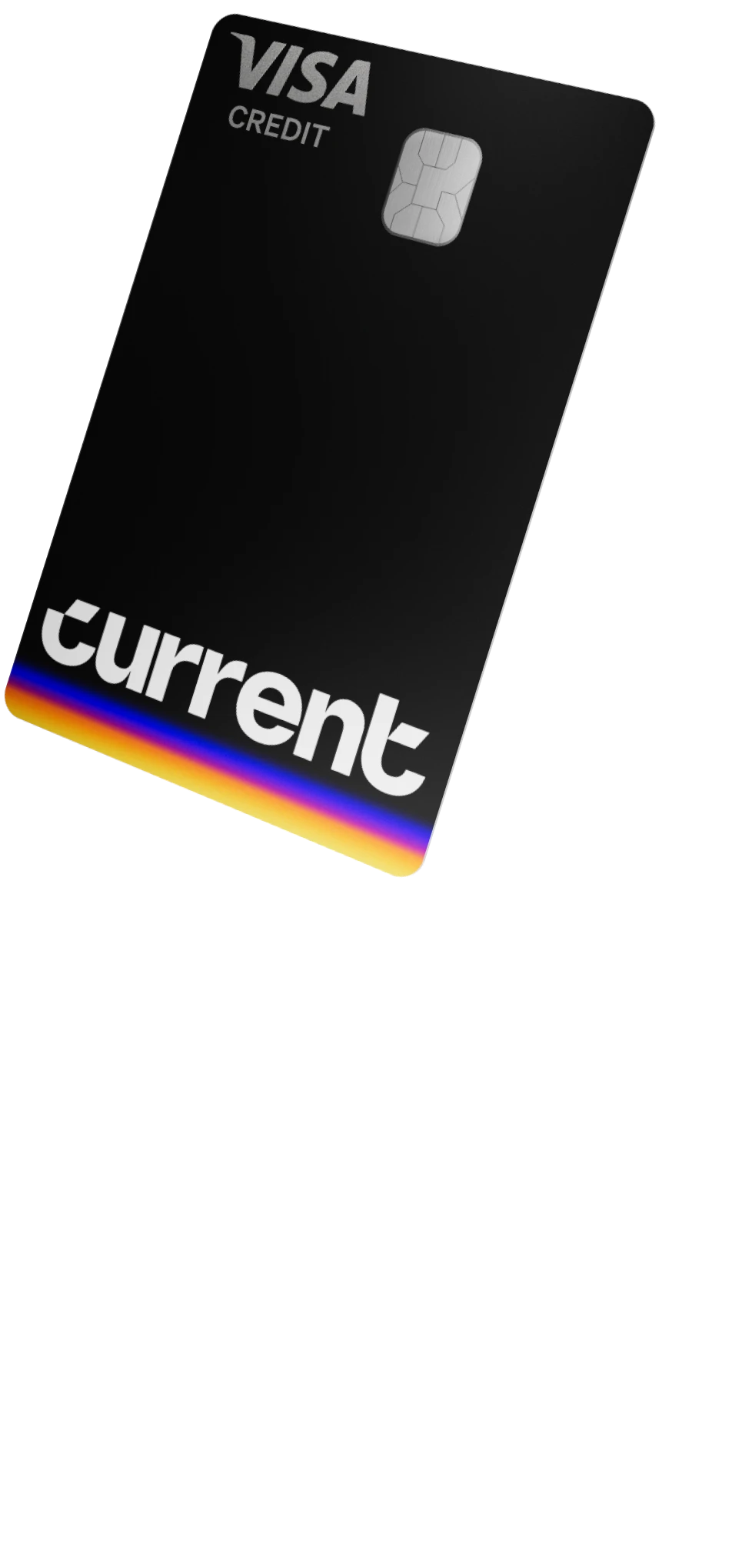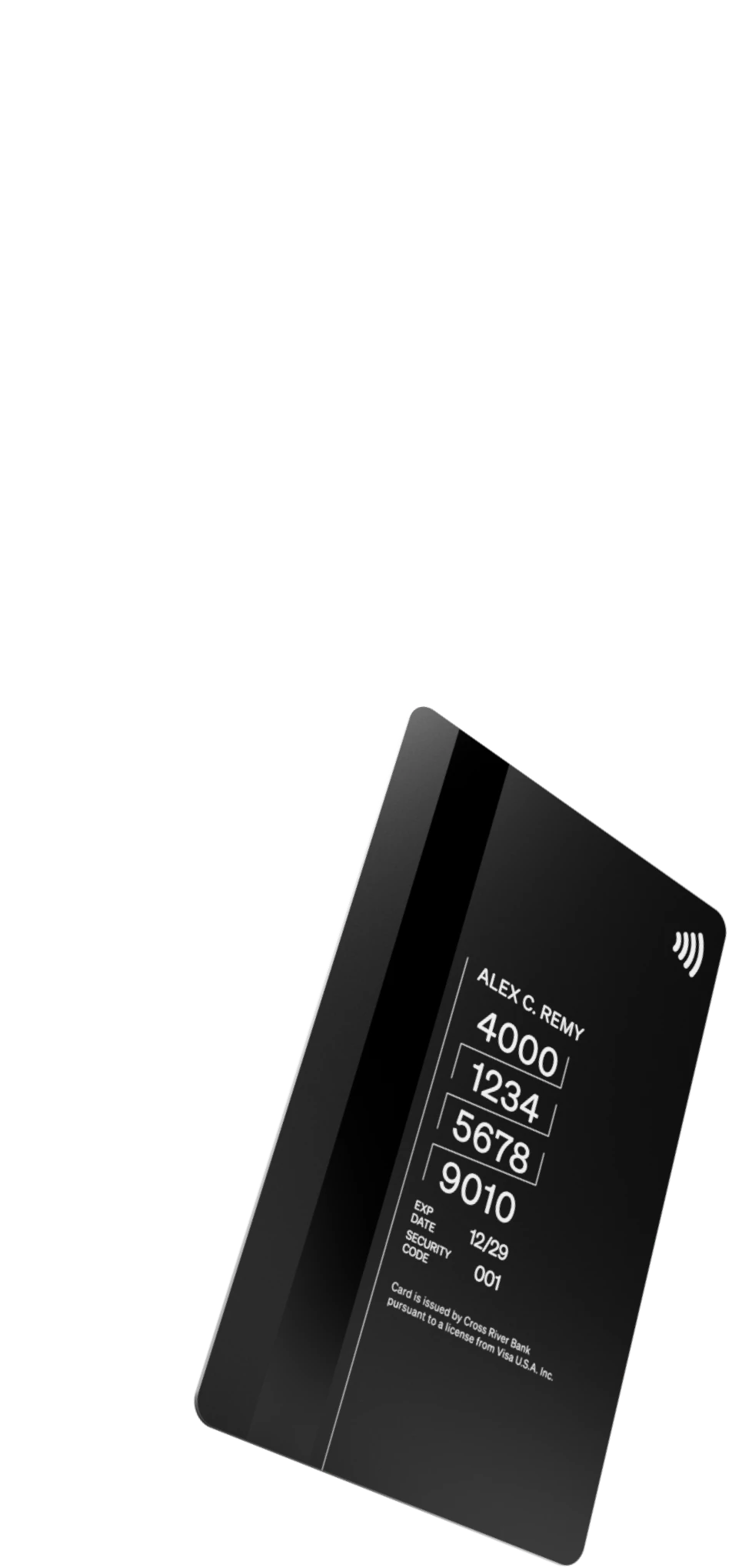What is wage garnishment, and what should you do if you're facing it?

Following the Education Department’s restart of collections on defaulted student loans in May, nearly two million borrowers could reach default status this month — and have some of their paycheck withheld as a result.
That’s according to an estimate from TransUnion, which in June reported that approximately 1.8 million newly delinquent borrowers could see their loans default in July. The credit reporting agency estimated another one million could reach default status on their student loans in August and two million more borrowers could do so in September.
As of April, 42.7 million borrowers owed more than $1.6 trillion in student debt, according to the Education Department. And until May, defaulted student loan borrowers had enjoyed relief from a pandemic-era pause on collections.
But now that collections have been back for several months, some defaulted borrowers need to worry about potential wage garnishment, which can take a large toll on someone’s finances. Here’s what you need to know about wage garnishment, plus a few options on what to do if you’re short on cash as a result.
How does wage garnishment work?
Loans become “past due” or delinquent the first day after missing a payment, and servicers report that delinquency to the national credit bureaus if you’re delinquent for 90 days or more. In many cases, the loan is considered in default if you miss the payment for 270 days.
Once loans are in default, you can face wage garnishment, which means that the loan holder can require that your employer withhold 15% of your “disposable income” directly from their paycheck. Disposable income refers to what’s left of your earnings after legally required reductions, such as federal, state and local taxes, as well as Social Security, Medicare and State Unemployment Insurance tax.
The garnishment continues until your loan is paid back in full or you’re no longer in default, which can happen if you rehabilitate or consolidate your loans.
Wage garnishment “can happen without a court order and often catches people off guard, especially those already struggling financially,” says Laura Mattia, a financial advisor and senior vice president at Wealth Enhancement in Sarasota, FL. “If you are living from paycheck to paycheck and you spend your entire income every month, this can create a large shortfall.”
What to do if you are facing wage garnishment
When you’re facing wage garnishment, paying back the loan in full is often not a possibility for many borrowers. Here are two other steps you can take.
Consolidate the loan
Loan consolidation involves combining your existing loans by replacing them with a new one.
“Loan consolidation is often a mixed bag, which is why many financial experts, including myself, approach it with caution. But in a situation where you are facing wage garnishment, this offers a lifeline,” Mattia says. “It’s one of the fastest ways to get out of default and stop collections, including garnishment.”
She adds that it also allows borrowers to immediately enter an income-driven repayment (IDR) plan, which can reduce payments to an affordable level, even as low as $0. But it’s important to know that it can result in higher interest rates and it also can reset the clock on certain borrower benefits.
“While consolidation isn’t ideal in every situation, for someone facing imminent garnishment and without the cash buffer, it can be a practical and necessary option,” Mattia concludes.
Rehabilitate the loan
Loan rehabilitation generally involves making nine consecutive payments over 10 months, which can get you out of default. You can start the process by contacting your loan holder.
“It’s not a quick fix, but it’s a clear path forward — and it helps get you back in good standing,” says Anna Sergunina, a financial advisor and president and CEO of Smart Financial Decisions in Los Gatos, CA.
What to do if you’re short on cash
While you should prioritize getting out of default to avoid more wage garnishment, here are a few steps you can take in the meantime if you’re short on cash.
Bring in some extra cash
If you don’t qualify for an IDR plan and cash is tight, short-term side hustles like delivery driving, pet sitting or selling unused items can create a little financial breathing room, Sergunina says.
“It’s not about replacing your income,” she adds. “It’s about keeping up while you work toward a longer-term solution.”
Trim your spending
Review your bank and credit card statements to see what items you may be able to cut back on. Maybe you cancel a streaming service for a couple of months until you’re back on track, or swap your gym membership for home workouts.
Get paid faster
Earned wage access programs let workers pocket a portion or all of their paycheck in advance of their typical payroll cycle, and while some people access these programs through their employers, others can access their funds early through third-party services, including many fintech companies or mobile/online-only banks.
Current’s Paycheck Advance can allow you to access up to $750 of your paycheck in advance once you qualify. You can receive it for free within three business days or pay a fee to access the cash instantly.*
Make sure you have a fee-free overdraft cushion
You shouldn’t spend more than you have in your bank account. But if you’re facing wage garnishment and short on the money you need to pay for your essentials, it’s possible to slip. That’s why you also want to have a bank account that has overdraft protection and/or does not charge overdraft fees or minimum balance fees, just in case.
Many traditional banks charge a non-sufficient funds (NSF) fee, but Current offers fee-free overdraft for qualifying members and no one is ever charged an overdraft fee or a minimum balance fee.
Note: Current’s Paycheck Advance is an earned wage access service and is not a loan or credit product.
*Expedited disbursement of your Paycheck Advance is an optional feature that is subject to an Instant Access Fee and may not be available to all users. Expedited disbursements may take up to an hour. For more information, please refer to Paycheck Advance Terms and Conditions





